The OnePlus 6 Review: Among The Best Of 2018
by Andrei Frumusanu on July 27, 2018 8:30 AM EST- Posted in
- Mobile
- Smartphones
- OnePlus
- OnePlus 6
Software UI - OxygenOS 5.1
As noted in the introduction, I haven’t had the opportunity to spend much time with OnePlus devices in the past so OxygenOS is also naturally something I haven’t had much experience with. OnePlus is known to have excellent software support with quick and frequency updates. Indeed my review device was very quick in getting the latest July update to 5.1.9 and most interesting for users living on the bleeding edge, OnePlus takes part in the Android P beta program and it’s available for the OP6.
Design-wise, OxygenOS is as close to clean Android as it can be. Out of the box the phone comes with just the bare essentials with the only OnePlus “specific” application being the OP community app. The launcher includes both an app drawer as well as puts most recently installed applications on the second home-screen. The left screen from the homescreen acts as sort of a dashboard with various preconfigured widgets such as memo functionality, recent contacts, recent apps and other subjectively useful toolboxes. The important feature here is that you’re able to add in arbitrary widgets onto the scrollable list, which is an interesting way of organizing your widgets.
The notification tray is very clean and doesn’t veer far away from standard conventions.
A much appreciated default feature in the OS is the ability to switch the OS into a dark theme. This turns the then predominantly white UI into mostly black and dark coloured elements, not only throughout the SystemUI but also in the bundled system applications.
I’ve talked about how I really liked the gesture navigation on the Xiaomi MIX 2S and how it allowed for regaining more screen-estate by ditching the navigation bar. OnePlus’ implementation is similar in that swiping up from the bottom edge of the screen goes to the homescreen, but the back navigation functionality, instead of swiping up from the bottom lateral sides of the phone like on MIUI is implemented by swiping up from the sides of the bottom bezel which I find a lot more natural in terms of movement.
One aspect of OnePlus’ implementation that I did not like at all is the hold duration needed to bring up the multi-tasking screen. This is done by also swiping up from the bottom middle of the screen, but holding your finger instead of letting it go will open up the multi-tasking screen. The problem for me was that I found the hold duration required to be too long and kind of detracted from the fluidity of the navigation.
As an avid user of desktop browser gestures for a good 15 years, I’m extremely happy to see gesture navigation catching on in mobile – for many years we’ve had various innovative implementations from Chinese vendors but due to Google CTS limitations in the past we haven’t had the opportunity to see it wide-spread more often in western devices. Ironically it took Apple introducing them on the iPhone X to see Google finally have a change of heart. UI-less gesture navigations are in my opinion the single best solution to ergonomics. I think what Google did in Android P is a very poor and rushed attempt – hopefully vendors will have the liberty to implement their own variants.
For OnePlus what I’d like to see in the future is to have more customizability such as varying hold duration, and maybe more customizable gestures to just let the user decide how he’d like them to function. I’m really looking forward to how things will evolve over the next couple of years as I think in the transition towards immersive bezel-less displays the traditional navigation bar has outlived its purpose.
As mentioned in the intro, the notch attracts a lot of controversy. In reality there’s nothing controversial about it and it fulfils its purpose wonderfully: to extend screen real-estate. The OnePlus 6 in no way hinders any kind of experience and if you don’t like the visual cut-out, you can simply black it out.
Overall OxygenOS on the OnePlus 6 is very straightforward and there’s very little to criticise it on. Performance is also outstanding, and that’s what we’ll more closely analyse in the next section.



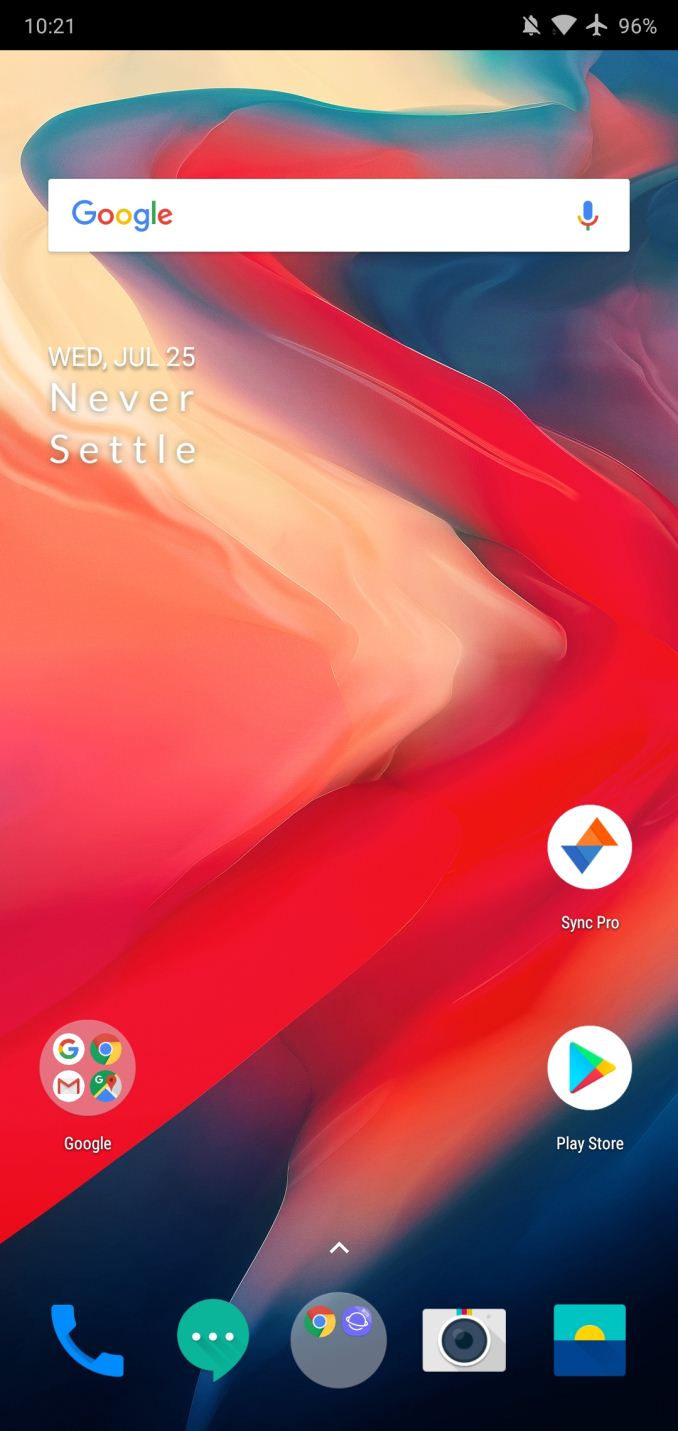
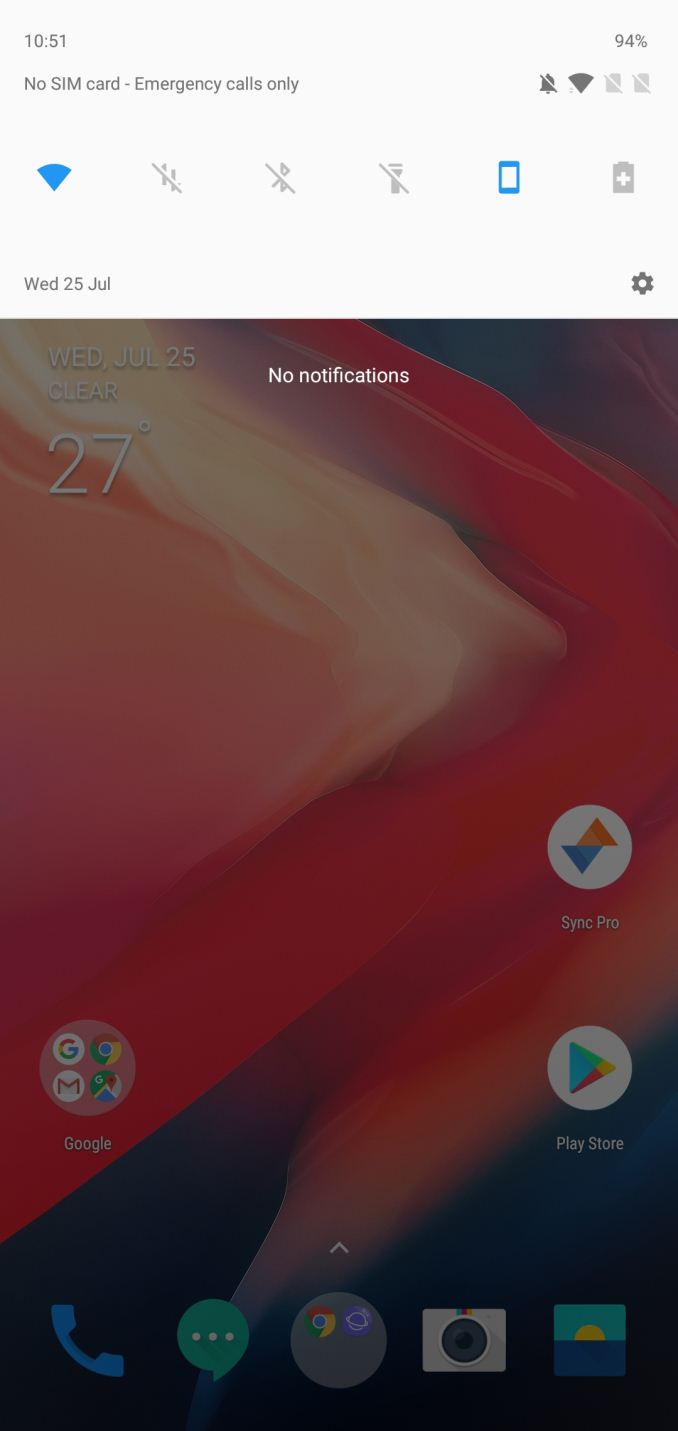
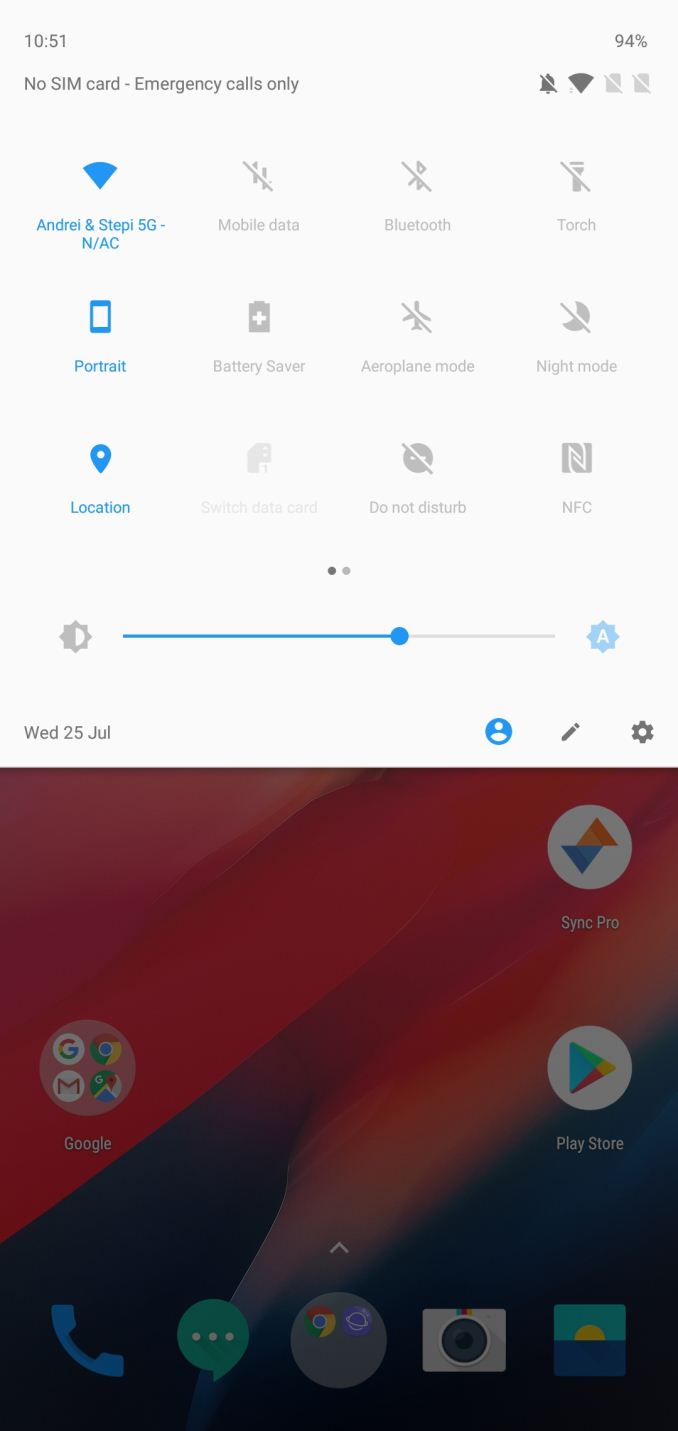
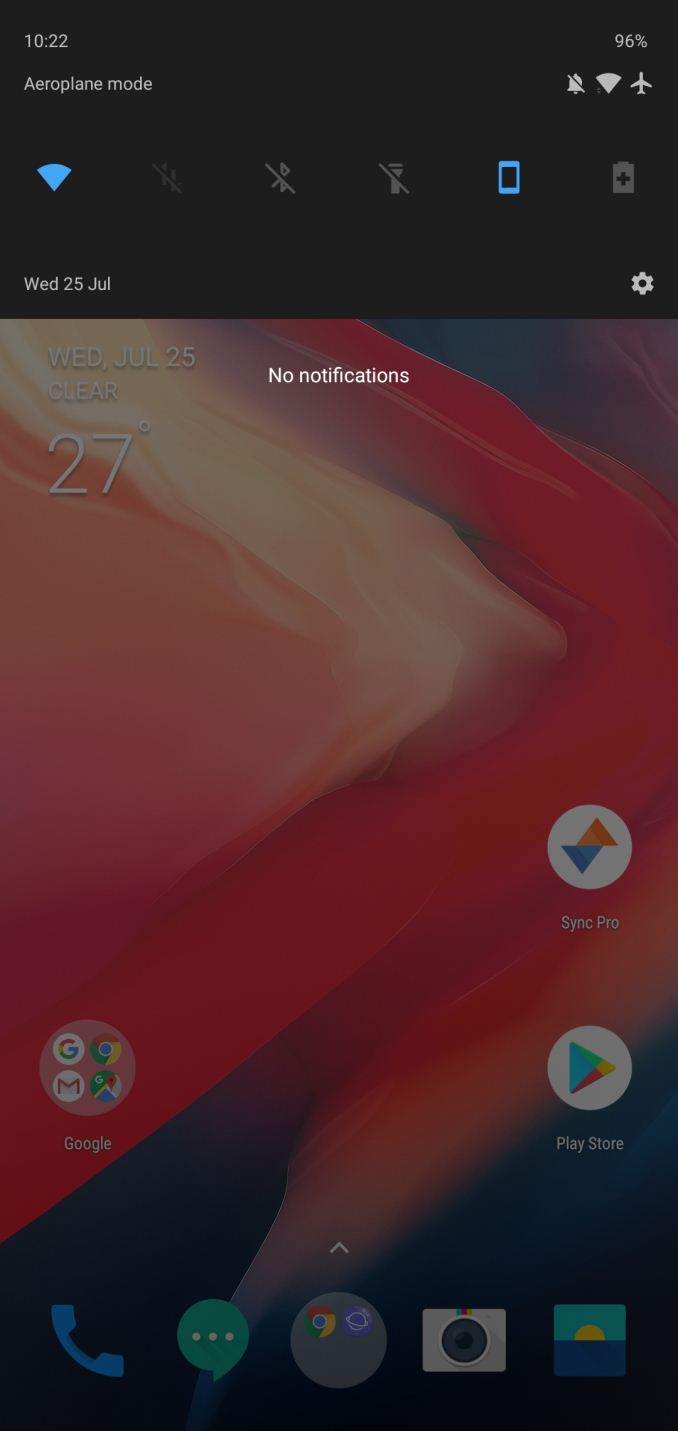
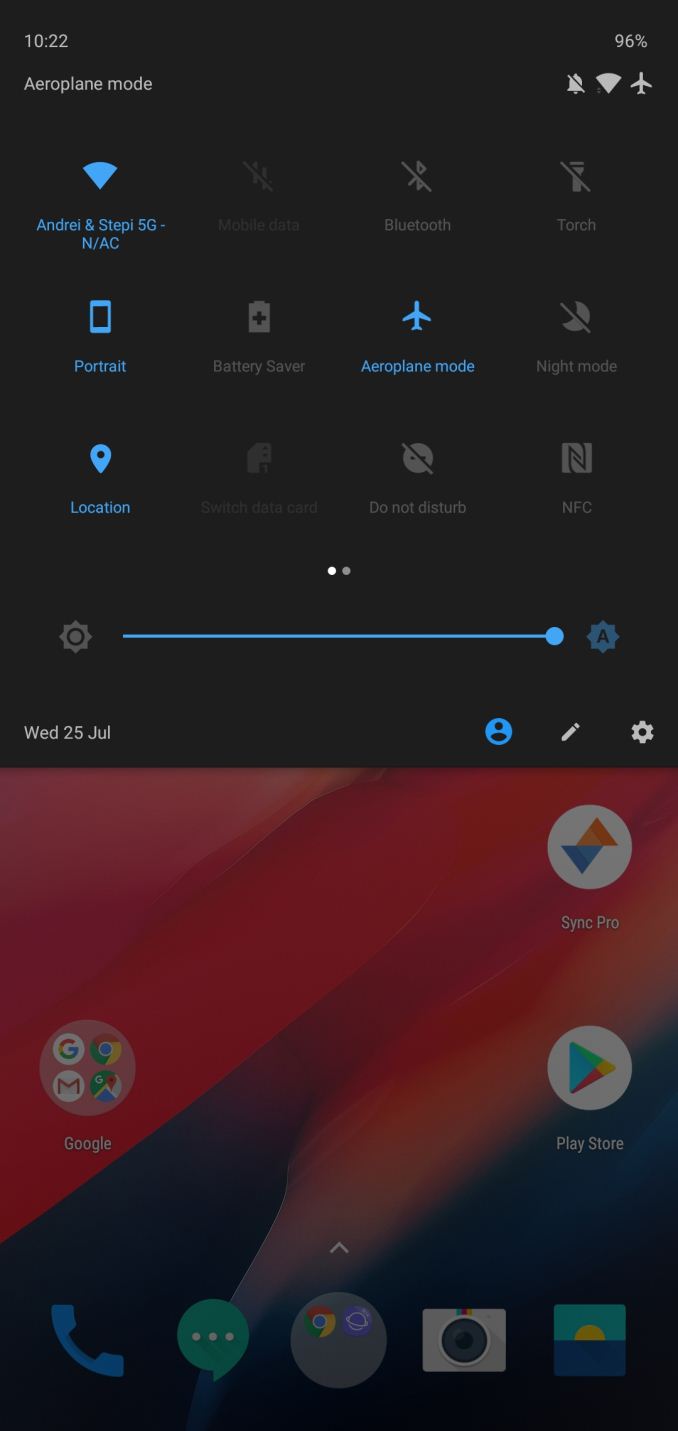
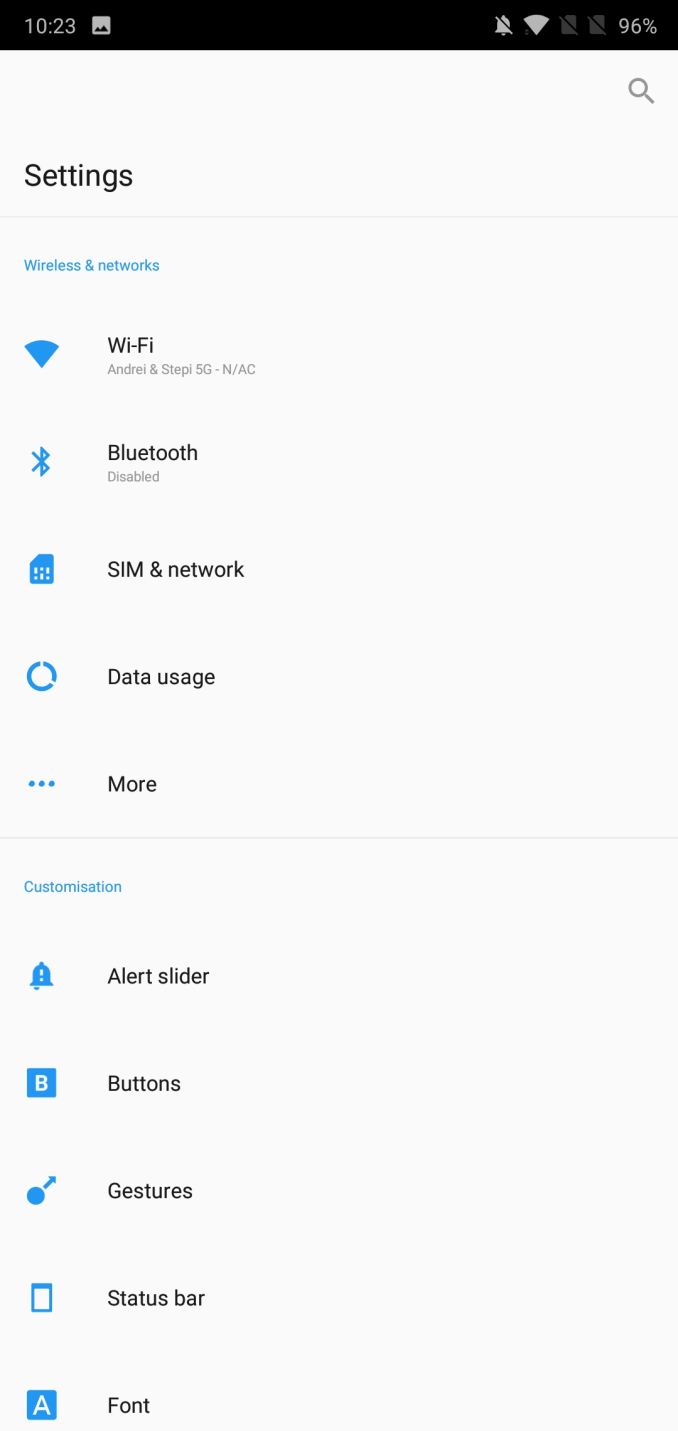
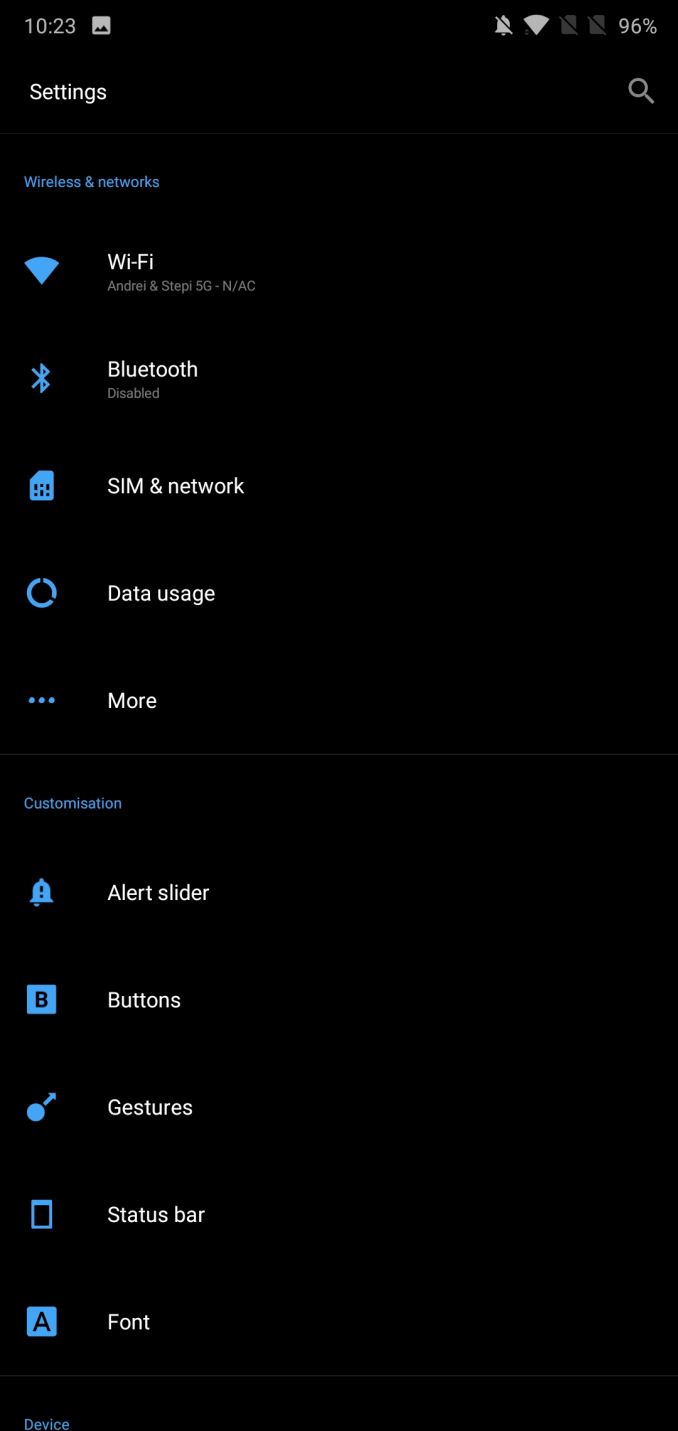
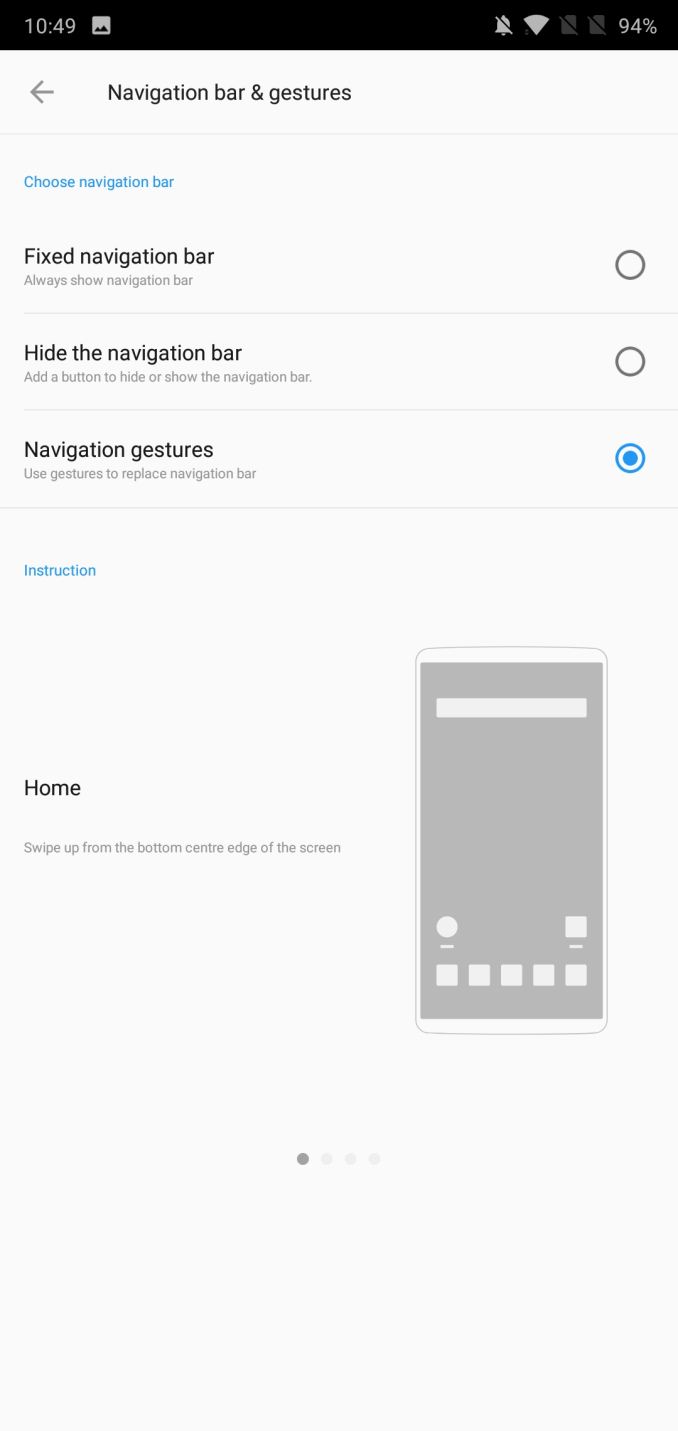










90 Comments
View All Comments
Icehawk - Saturday, July 28, 2018 - link
Ahhhhh. That’s why phones aren’t USB3, ok I always wondered why not but never actually researched why.jcc5169 - Friday, July 27, 2018 - link
Is One-Plus even available in the US market?PeachNCream - Friday, July 27, 2018 - link
That's a nice phone! I'd prefer the addition of a microSD slot by maybe adding the capability to one of the SIM slots (I've seen a few dual SIM phones offer up that option) since removable storage is nice to have if you're moving from one phone to another. In this case, there's the potential to lose quite a bit of data if the OP6 dies suddenly. The price increase for storage capacity is VERY reasonable as well. It's way outside of my price range for something I carry with me on a daily basis though. There's just too many day-to-day bumps and knocks around along with the risk of loss or theft that have me convinced that it's not worth the price of entry to get something above the bottom feeders like the $5.29 new Huawei I just picked up last week. Phones, in my mind, are disposable devices so low-cost is the way to go.eastcoast_pete - Friday, July 27, 2018 - link
Nice review, Andrei! Question: I may have overlooked it, but this phone is NOT water- or dust proof, at least as far as I can tell, correct? That is a major minus point for a flagship phone in my book, as it "breaks" the deal/compromise of sealed battery, but IP67 or 68 water and dust proofing. Hey, even Apple came around to that view eventually. Here, we get the worst of both worlds, no user-replaceable battery, no SD card slot, and no water and dust proofing.Different question @ Andrei: are all benchmark tests for phones conducted at about the same room temperature? I assume they are, but, if they are not, that would add a major variable. Heat dissipation is just so much easier when in a room at, let's say, 20 C, versus one at 30 C (and we are having hot summers this year). And, circling back to my comment about water proofing, I imagine it's harder for a fully sealed phone (like the majority of current flagship phones, i.e. S9, S9+, V30/35, Experia Z etc.) to dissipate heat than it is for phones that aren't fully sealed up. Any comments? Thanks!
Andrei Frumusanu - Friday, July 27, 2018 - link
It's not IP certified but as you may have read in some teardowns it does have many of the protections that are usually found in IP68 phones. I guess it could survive accidental water situations.The sustained are done in constant-ish (21+- 2°C) temperature, yes. I don't think IP proofing has any effect on thermals, the ingress points are irrelevant to temperature. Most phone's thermals are determined by the mid-frame build and how it's able to dissipate heat over its whole footprint to the screen and back.
128bit - Friday, July 27, 2018 - link
Never like chinese phones there phones looks good, but there quality overall not that good same like there cars and by the way this phone overheating.Dr. Swag - Friday, July 27, 2018 - link
Great article, but could you take care to proofread a bit better? There's tons of grammar mistakes (mostly missed commas) all over the place.Dr. Swag - Friday, July 27, 2018 - link
For the benchmarks, did you test for benchmark cheating at all?tsk2k - Friday, July 27, 2018 - link
Yes! Thank you so much Andrei and Anandtech, this is the only proper way to review a mobile phone.The web tests and frame drop testing is amazing, finally a way to quantify what I've been saying for years.
shoreview - Friday, July 27, 2018 - link
Too bad that they refuse to put Verizon Band 13 LTE in there. It's pointless crippling of the phone. Like the missing ex-Nextel CDMA band that Sprint uses.Any insight on why this is? Did Verizon and Sprint actively intervene to keep OnePlus off their networks? In any case I've been on Android from the start but the support situation and security update situation are leading me to look more and more at iPhone. Which won't come easy; the USB lockdown on iOS and certain aspects of the OS are annoying to say the least. But this was one of my last hopes for replacing my Verizon-supplied Note 4 with another Android and it has been dashed. Getting a non-carrier-branded Samsung is a non-starter until they start taking long-term security support seriously; even Google Pixel is short of Apple standards by a year or two.